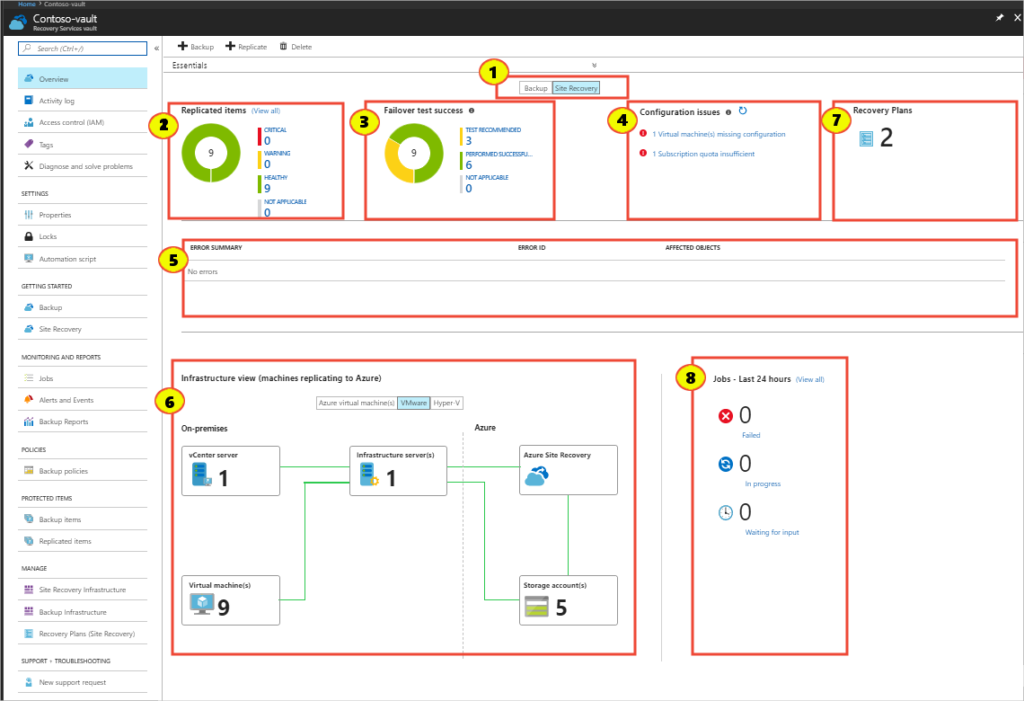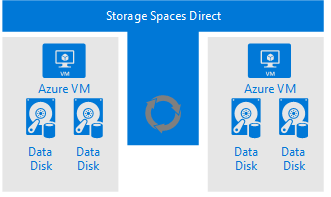Hello guys,
In this blog post, we will introduce the private preview of Azure Site Recovery support for Azure Trusted Launch VMs (Windows OS). This means that you can now replicate and failover your Azure Trusted Launch VMs to another Azure region using Azure Site Recovery. This will help you achieve business continuity and disaster recovery for your critical workloads that require enhanced security.



